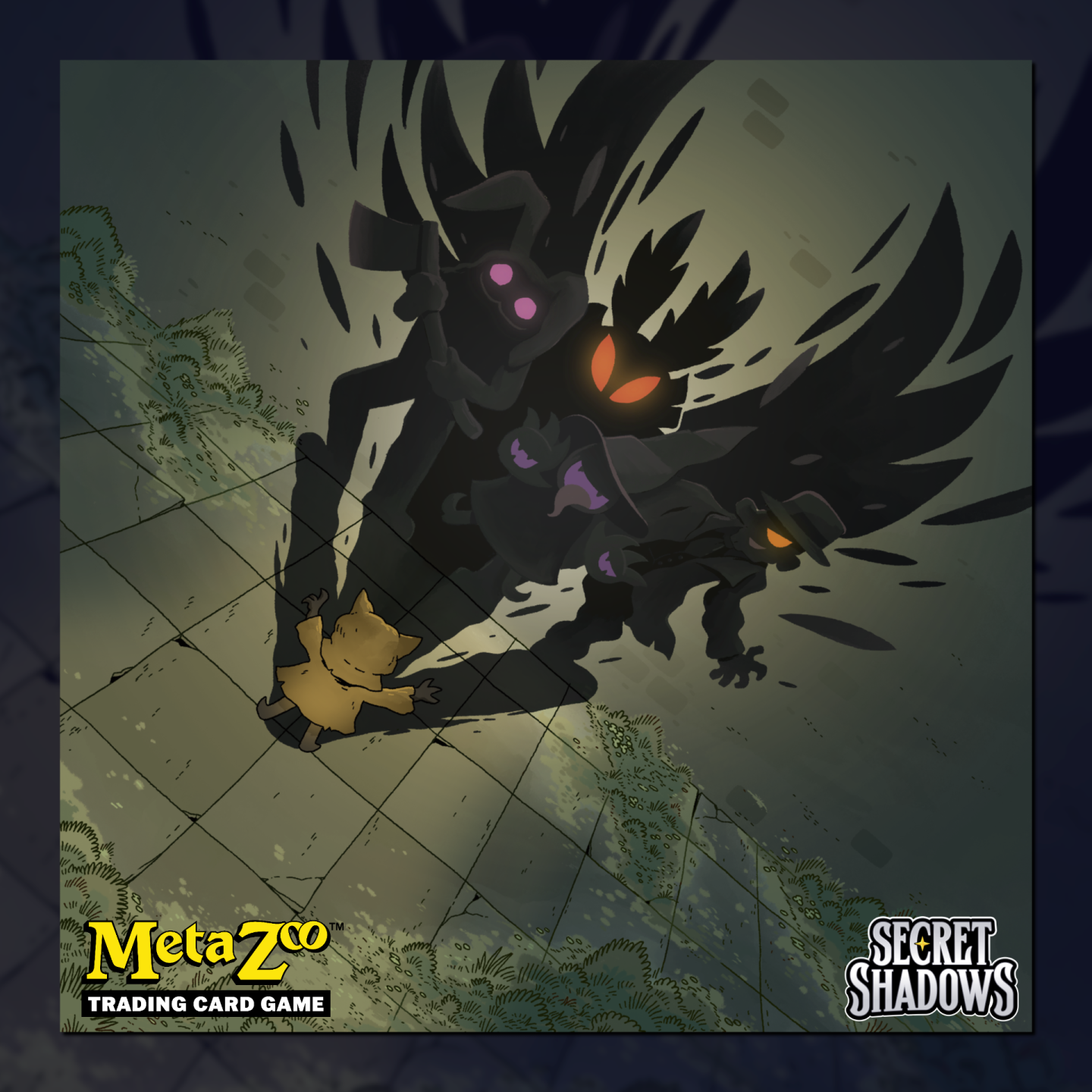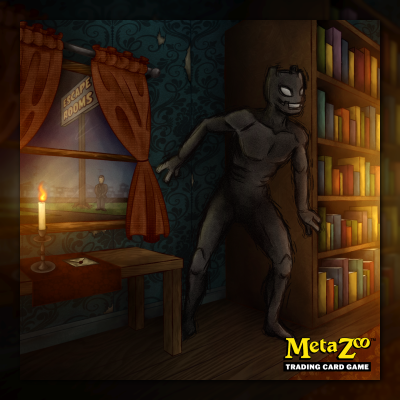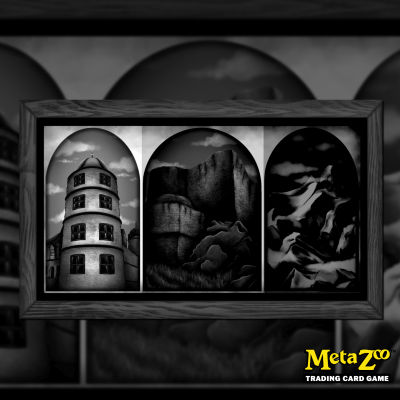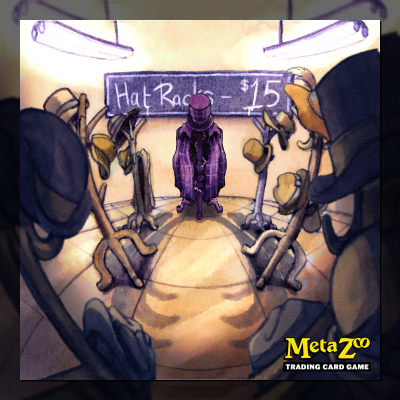16: The Mare, or “A Case Report”
Our collective experience with the pandemic led to a wide variety of different encounters with cryptids, both planned and not, and many stories detailing those encounters were inadvertently buried under the voluminous mountains of documentation related to the virus and its victims.
But they are out there—if you know what you’re looking for.
Only 986 tales to go.
Nightmares as Caused by Previously Undocumented External Influence Called a Mare: A Case Report
Richard Malcolm, MD
Department of Psychiatry, Seattle, WA, USA
Introduction
Nightmares are frequently documented as intersections of stress/trauma, psychiatric conditions, medications/substances, sleep physiology, and neurobiology. We present a patient whose nightmares were not connected to any of these traditional causes and instead were, according to the patient, the result of an external supernatural force called a Mare. Shifting to diurnal sleep patterns produced an unexpected outcome.
Case Presentation
Mr. K, a 32-year-old male accountant, first noted frequent dysphoric dreams and night terrors in June 2020. Over the subsequent six months, these occurrences escalated: By January 2021, he reported awakening as many as five times a night in response to these dreams, describing intense anxiety, dread, and a persistent delusional belief that he was being tormented by a physical being he called a Mare.
Mr. K described this creature as “shape-shifting” and distinctly female yet with no distinguishing characteristic to define it as such. His details included a belief that she “sits on my chest, making it harder and harder to breathe,” which induced panic and desperation upon is awakening.
“She whispers in my ears,” he added, noting that the Mare (“who only comes at night,” he qualified, underscoring the “nightmare” definition) is attuned to his worst fears (which he did not disclose in detail during treatment).
“She feeds on fear,” he said, noting a specific instance in which he awoke, and while he was unable to move due to her weight on his chest, she shrank before his eyes, transforming into a spider as she did, and then crawled into his ear. “She knows I’m terrified of that story about the spider who laid eggs inside someone’s ear.”
Mr. K claimed he could hear the insect crawling across his eardrum and feel its legs on his inner ear canal. He was unable to explain how the Mare could both shrink and invade his ear yet retain immobilizing weight on his chest at the same time.
He had no past psychiatric hospitalizations, no substance use, and no significant medical or neurologic history. His childhood history was free of detrimental trauma most often associated with PTSD. On the Yale–Brown Obsessive Compulsive Scale (Y-BOCS), his baseline was 28 (severe). Physical exam, basic labs including toxicology reports, and brain MRI were unremarkable, however.
He met DSM-5 criteria for OCD (with predominant obsessional content regarding being tormented) and was judged to retain insight; criteria for delusional disorders or psychotic disorders were not met.
Intervention: Phase 1
Beginning in February 2021, he was started on sertraline 50 mg/day, titrated to 100 mg/day by April 2021, and concurrently initiated cognitive-behavioral therapy with monitored nighttime sleep pattern adjustments. Therapy also attempted to address a persecution complex that Mr. K insisted did not exist, attributing the Mare’s targeted interference with his sleep as “leaving the window open when the moon was full. She found me by chance—and now she comes every night, moon or no moon.”
At 3-month follow-up (May 2021), he reported increased nightmares that occurred entirely when he was not under observation; his Y-BOCS increased to 30 (severe). He began to avoid sleeping, becoming reliant on stimulants like modafinil and Adderall to stay awake longer.
Intervention: Phase 1
Mr. K was checked in to the University of Washington sleep clinic for observation and treatment. Upon his admittance, however, no instances of nightmares were reported, and Mr. K seemed to return to a pattern of normal nighttime sleep. After three nights, he was released.
Mr. K called four days after his release to report a relapse in the “visits from the Mare.” Clinician Dr. M-T took the call and instructed Mr. K to sleep during the day instead in an attempt to disturb Mr. K’s seeming state of self-delusion and advised Mr. K to keep a written record of his sleeping patterns for two weeks, at which time he would be readmitted if he experienced no relief.
Mr. K called again two days later and spoke with Dr. M-T again, who described Mr. K’s tone as “defeated.”
“Now I have daymares,” Mr. K said.
He was discovered three days later during a welfare check with no obvious signs of physical harm. The medical examiner reported Mr. K died “with his eyes open” and apparently of positional asphyxiation. No signs of strangulation or suffocation were present, which led to the asphyxiation conclusion.
Mr. K, the report indicated, was found on his back, the natural position he slept in during his time in the sleep clinic.
Mr. K was also found to have no discernible hair in one of his ears, including cilia ear hair that contributes to hearing. In unofficial correspondence, the medical examiner reported “small bite marks” in Mr. K’s ear that would suggest his ear hair was “chewed out.”
Discussion
This case exemplifies an unexplained OCD spectrum presentation: undiagnosed self-delusion contributing to psyche damage that manifested in nightmares and redirected responsibility to a nonexistent external source, the so-called Mare.
Conclusion
Clinicians encountering patients who fear an external source is the cause of bad dreams or night terrors should consider an OCD spectrum mechanism even in unusual form. Early differentiation from psychotic or delusional processes is critical, and conventional OCD treatments may be effective. However, patient requires close monitoring during treatment.
Disclosure
Given the unusual circumstances and outcome of this unique case, I advise clinicians to be aware of their personal investment in the patient’s situation. I was unaware that I was engaged in anything other than standard consideration of Mr. K; however, after his demise, I began to experience bad dreams as well, perhaps the result of guilt or regret at the outcome of his case. On more recent occasions, I have imagining his symptoms as my own, a form of proxy distress: I have awakened with the misguided belief that someone or something was seated on my chest, applying pressure and making my breathing difficult. I’ll be seeking comparable medicinal intervention if I experience another “encounter” with Mr. K’s imaginary “Mare” tonight or any other night in the immediate future.




